Macie Stewart: When The Distance Is Blue
Macie Stewart: When The Distance Is Blue
International Anthem 3/21/2025
From out of the bubbling cauldron of Chicago’s experimental music scene comes Macie Stewart with a new solo album, When The Distance Is Blue. Call her a “multi-instrumentalist” and “composer.” It’s the easiest thing to call her, because it’s true, and it puts off the more difficult task of trying to figure out where and how an artist like this – who collaborates with SZA one day, and composes a prepared piano piece à la John Cage the next – fits into the contemporary (popular?) music scene. Since this is an album review and not PR copy, I think there’s a reasonable expectation that an effort will be made to say something quasi-substantive about that fit. But let’s put it off for now.
The multiple instruments of Stewart’s multi-instrumentalism are chiefly violin and piano. At least on this latest album, her debut on International Anthem. Those are two instruments that can pull carts in a lot of different directions, different genres. Having mentioned the label, though, you’re probably thinking ‘jazz.’
Yes, I know that the label describes itself as a producer and promoter of “progressive media.” But let’s be real – International Anthem is a Chicago-based jazz label. That’s how the label cut its teeth. That’s how it scored a collection of early successes, catching fire with releases by rising artists like Makaya McCraven, Angel Bat Dawid, Jaimie Branch (rip), and Brandee Younger. Progressive, to be sure, but everyone of them acorns that fell out of the jazz tree.
Yet the winds of change have been forecasted at International Anthem for a while now. Call it the El Niño phenomenon, in honor of the ubiquitous collaborator Carlos Niño, producer, DJ and “music consultant,” who gets a credit on every other record the label puts out lately.
The net result is a push toward a more ambient, minimalist aesthetic, with a more West Coast sensibility, that edges further and further into the electronic music space. You could be forgiven for confusing a Moon Glyph record with an International Anthem record these days, which would have been unthinkable a few years back. The focus is still progressive music, but we’ve traveled a blue distance from the sound that a jazzhead would typically recognize as their kind of experiment.
Macie Stewart – with many apologies for the long label-focused digression – is a fellow traveler on that journey toward a new International Anthem sound, and her album When The Distance Is Blue sits high on a country butte, overlooking a new sonic horizon full of promise and peril.
The composer traces a landscape that is spacious, wild, reminiscent of uncolonized Western territories – or at least the wilderness of Copland’s Appalachia. Time moves steadily, slowly, and there is no musical movement within that feels the urgent demand of clocks, schedules, or city living. Even as she introduces field recordings of cultural phenomena into the mix – airports, markets, and the like – they adapt themselves into the natural architecture of the songs, like abandoned cabins and broken-down vehicles that have been reclaimed by nature, mossy and overgrown.
When Stewart writes a piece, it is a whole composed of parts that are more than cameos, more than servants of the totality. Each part is allowed to run its full course, with a birth, a death, and everything in between. In “Murmuration/Memorization,” strings, vocals, and maybe a harmonium (?), join together in a long, dirge-like drone. If there’s a central motif pulling the disparate parts together, organizing their contributions into a single purpose, it’s far too stretched-out over the course of the 7:13 run time to be appreciated by ear.
Instead, what we hear is the collective wailing, a crying out from each instrument, like members of a wake, each saddled with their own sadness. There is no central motif or melody to unite them. The unity of the piece, such as it is, is accomplished through the unity of the formal aspects of mourning, and the emotive qualities suggested by the texture and tone of the assemblage.
The piano-driven pieces of the album tend to engage more conventionally with conspicuous themes and traditional notions of developing those themes. The prepared piano of “Spring Becomes You, Spring Becomes New” lays down a preliminary motif. Establishes a kind of musical tension or problematic. Introduces musical characters and landscapes within which the problematic gets worked out. And returns to the preliminary motif with a renewed perspective that translates the original motif into a new synthetic form, reflective of what has been learned along the way or what problems have been overcome, discovering a resolution in the final movement.
Does the musical resolution sound something like an infant robot learning how to walk? Sure, but let’s not quibble. It’s a beautiful journey.
While the structural commitment to more traditional notions of musical development might get your “experimental” credentials pulled, it doesn't negatively impact the quality of the music. Stewart could write an entire album of songs like “Spring Becomes You, Spring Becomes New,” or the more thematically-charged pieces of “Stairwell (Before and After)” and “What Fills You Up Won’t Leave an Empty Cup.” She could string them together, fashion a unifying narrative, and turn the entire project into an opera, or a symphony.
Does she want to do that? Do we want her to do that? Is there a market for that sort of effort?
It’s time to pick up the task I’ve been putting off, trying to say something about how and where Stewart and her impressive solo album When The Distance Is Blue fits into the contemporary (popular?) music scene. My thought is that it fits rather awkwardly.
Because there is an entire community of musicians today who identify themselves as operating in “experimental,” “progressive,” or “avant garde” modes. But what they know, I know, and anyone who has been paying attention knows, is that the methods and means of all this “experimentalism” were established at least as far back as the middle of the 20th century. The beginning of the 20th century in some cases. Pick your favorite avatar of atonality, serialism, minimalism, musique concrète, all the sundry movements that laid down the blueprint for what still counts as “pushing the boundaries” today.
Now, it’s not always required that the music scene reinvents itself from scratch every one hundred years or so. But if your scene is calling itself “experimental,” it kind of is.
Here’s an experiment: (1) compare ten groundbreaking compositions from the 19th and 20th century; (2) compare ten groundbreaking compositions from the 20th and 21st century; (3) don’t get too hung up on what counts as “groundbreaking”; (4) take notes throughout, and see whether you track more developments from the 19th to 20th versus the 20th to 21st century. I’m guessing you’ll find more radical developments in the earlier transition. Innovation, understood as pure novelty, has slowed lately.
One area in which there has undoubtedly been “progress” in the 21st century is in the marketing of experimental music and the sort of horizontal music literacy of artists and audience. No longer restricted to obscure circles and the Ivory Tower community, experimental music is now being manufactured for the masses.
Labels like International Anthem, ostensibly in the business of popular music, press records that make unpopular artistic decisions like When The Distance Is Blue. Which works just fine, because there are listeners who will slot a song like “Disintegration” between tracks by Taylor Swift and Bruno Mars (or at least Jeff Parker and Dezron Douglas) on their next playlist. It’s a small market of listeners with such elastic and inspired preferences. But the fact that the market exists at all is a minor miracle. While music like Stewart’s original work is powerful – at times, sublime – it can be a thorny listen for a playlist landscape.
Note the interjection of two standalone field recording tracks into the album, “Tsukiji” and “In Between.” Chock full of crowded room mumbling, each around a minute long, adding very little to the album except for one thing. Namely, they let the ear and mind rest, in a pool of white noise soup, before and after more intensively composed pieces, which are, presumably, too exhausting for the average attention span to cope with one after the other. Like kids on a long car trip, you’ve got to stop at a rest area a few extra times to accommodate their intermittent appetite and smaller bladders.
If I had my way – and we’re at least twenty paragraphs into this review, so let me just say what I want outright – an artist like Stewart would save her efforts up for more frequent “serious” pieces. Get ambitious. Stay ambitious. She’s done it before with the score for the Pacific Northwest Ballet’s “Before I Was” (2022), using a 50-piece orchestra, co-written with Sima Cunningham.
The core architectural principle of When The Distance Is Blue is established by the bookend formed between the string-driven opener “I Forget How To Remember My Dreams” (ft. Lia Kohl, a Moon Glyph artist) and the string-driven closer “Disintegration.” Everything else unfolds in between these two pillars in what represents, experiments aside, a commitment to the most traditional and classical aesthetic principle on the market: symmetry.
Macie Stewart
There’s a modern classical composer inside Macie Stewart biting, scratching, clawing to get out and write a serious, thematically-unified piece, uninterrupted by field recordings (the musical equivalent of cigarette breaks) or any other kind of pitstop.
When The Distance Is Blue gives us a taste of what might have been, but it ultimately apes a tracklist concept more suitable for genuinely popular music. You know, albums with “hits.” There are no hits on this album – and it strikes me as slightly repugnant to suggest that there should be.
Maybe the market for “what might have been” is smaller. Maybe there’s no time to write such a thing when you’re touring with Japanese Breakfast, The Weather Station, or your own artrock project Finom. Maybe an artist who traverses the plane between pop and classically-inspired composition with such freedom doesn’t value the monumentalist impulse of the Western tradition, the notion that composing bigger is always better. Maybe, maybe, maybe.
Macie Stewart’s When The Distance Is Blue is an album that leaves you wanting more. In restaurants, that’s a bad thing. You want to leave a meal feeling satiated. In art, though, the spectre of unfulfilled promise can have a positive aesthetic impact on enjoyment of the work in the here and now. I’m not hearing everything I want to hear and I’m enjoying myself, thanks very much. And I’ll enjoy listening to what she cooks up in the future, with or without the music consultation of Carlos Niño and the “experimentalists” cabal at the new look International Anthem.
Let it be said: bigger is, sometimes, at any rate, better. Go big!



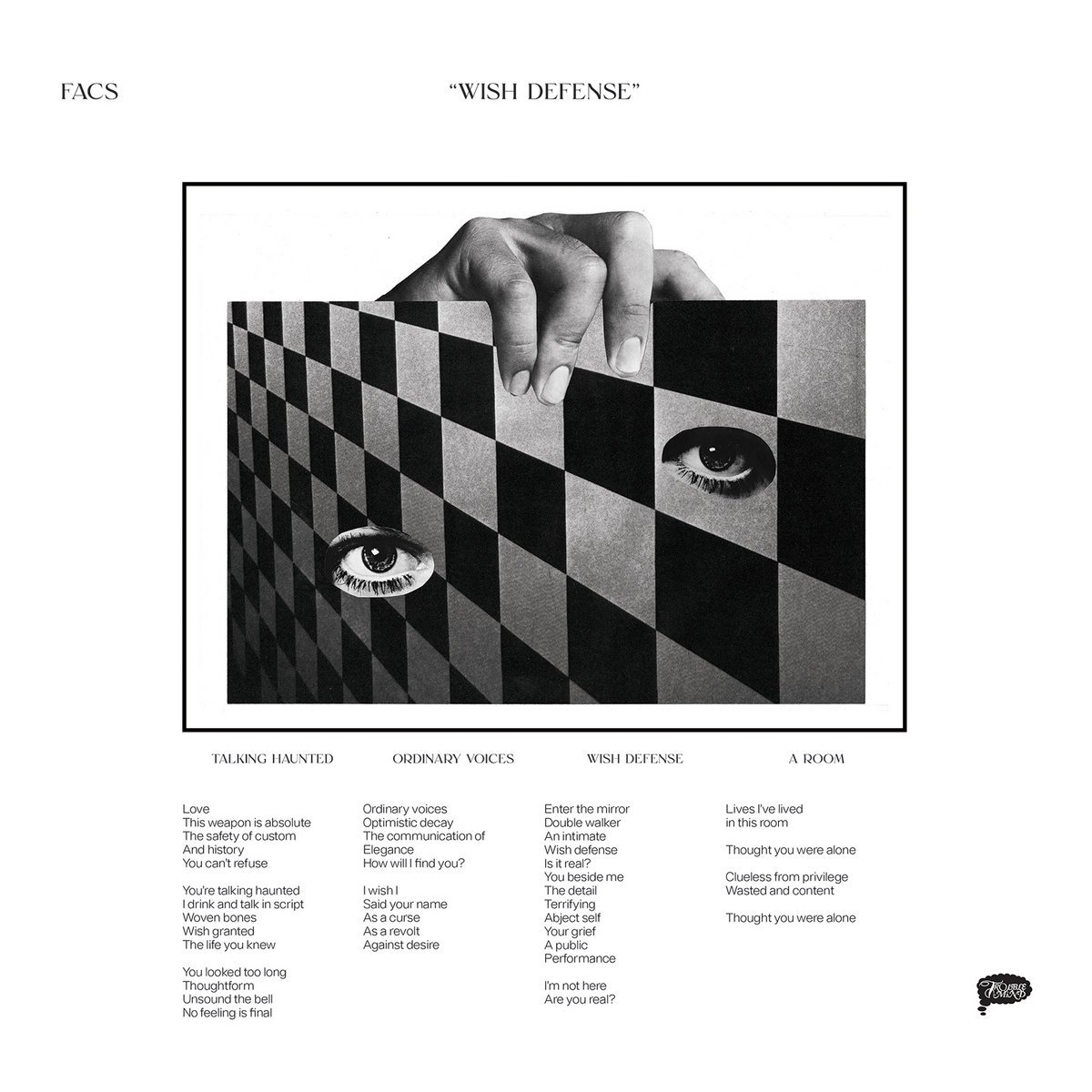

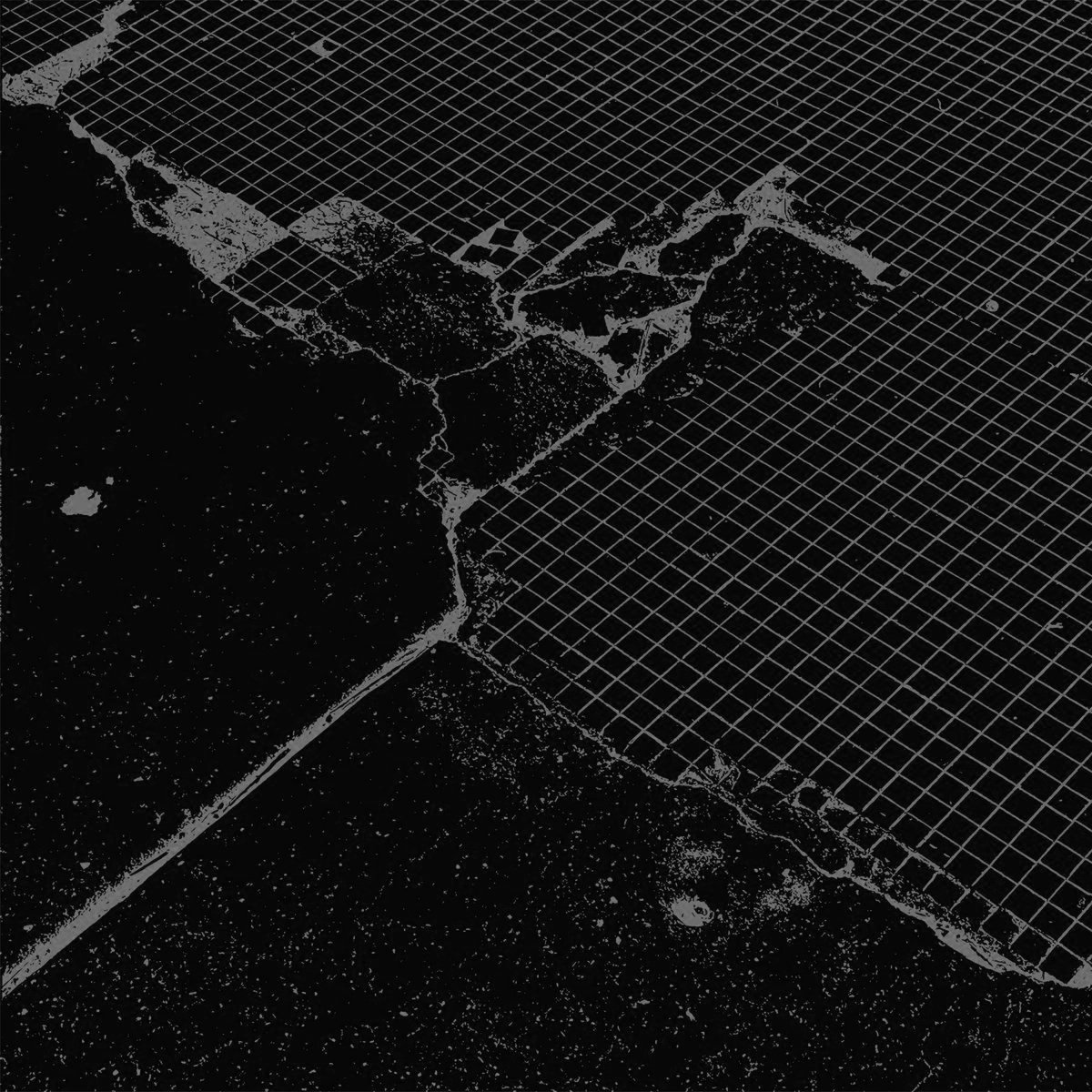
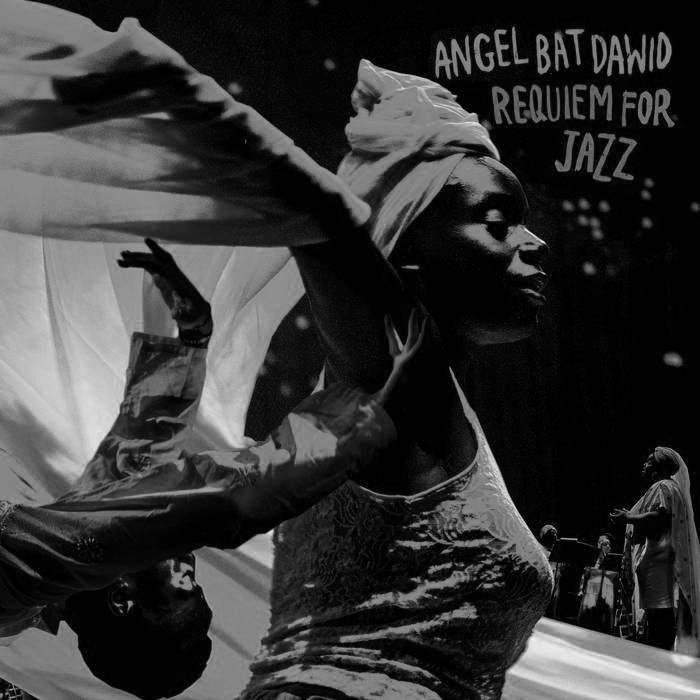
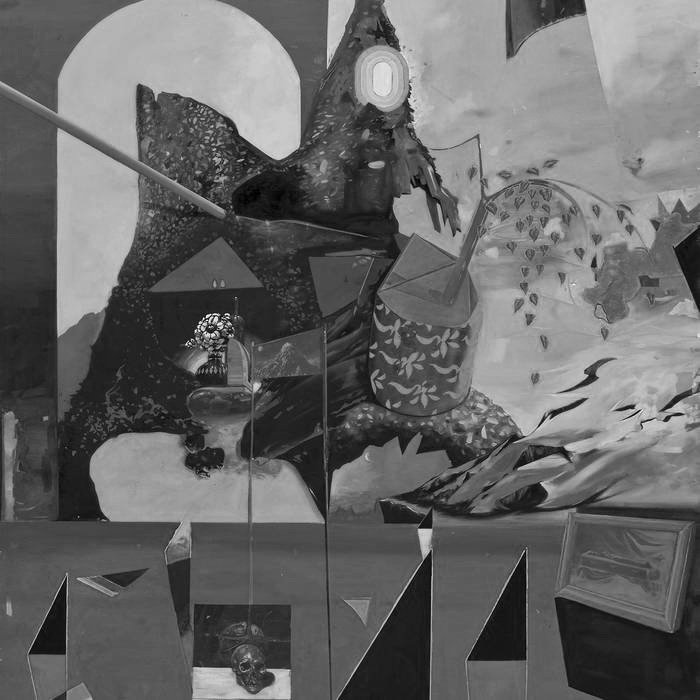
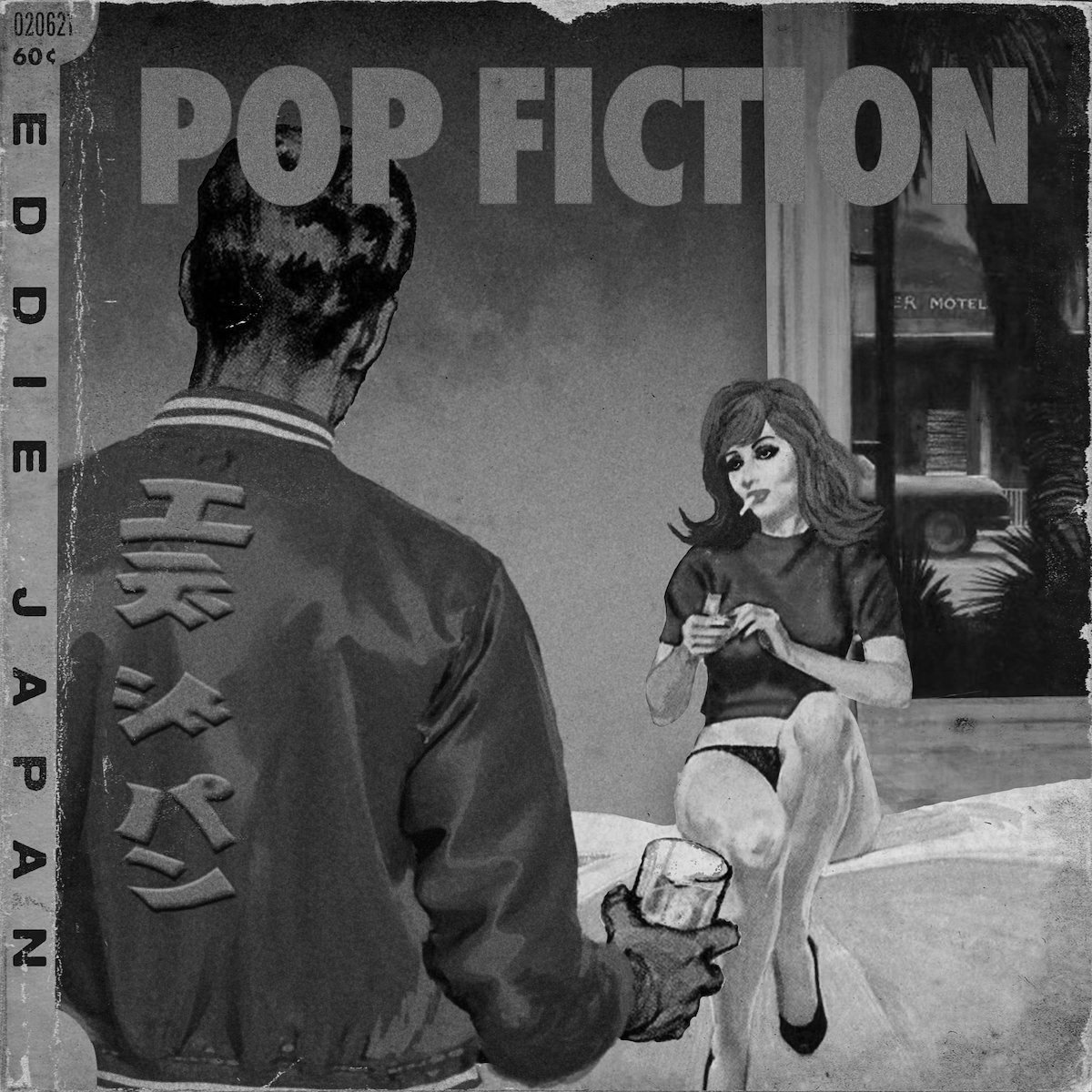
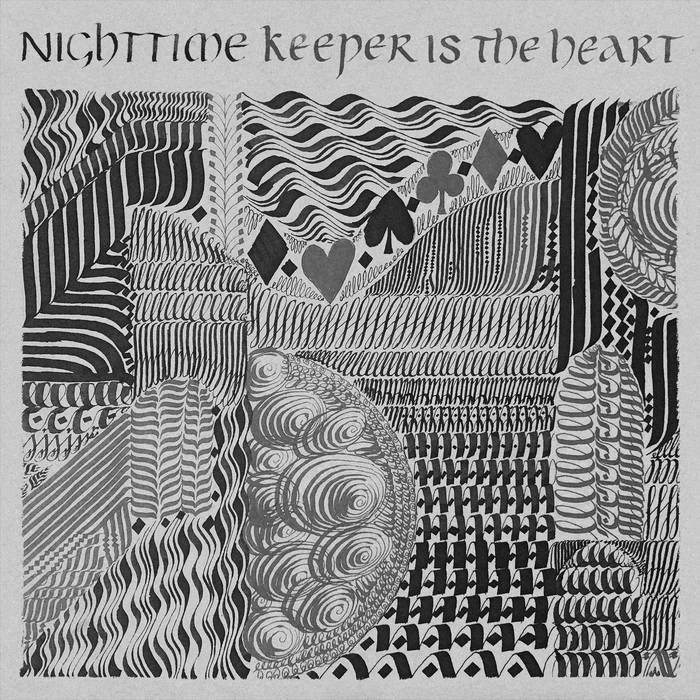
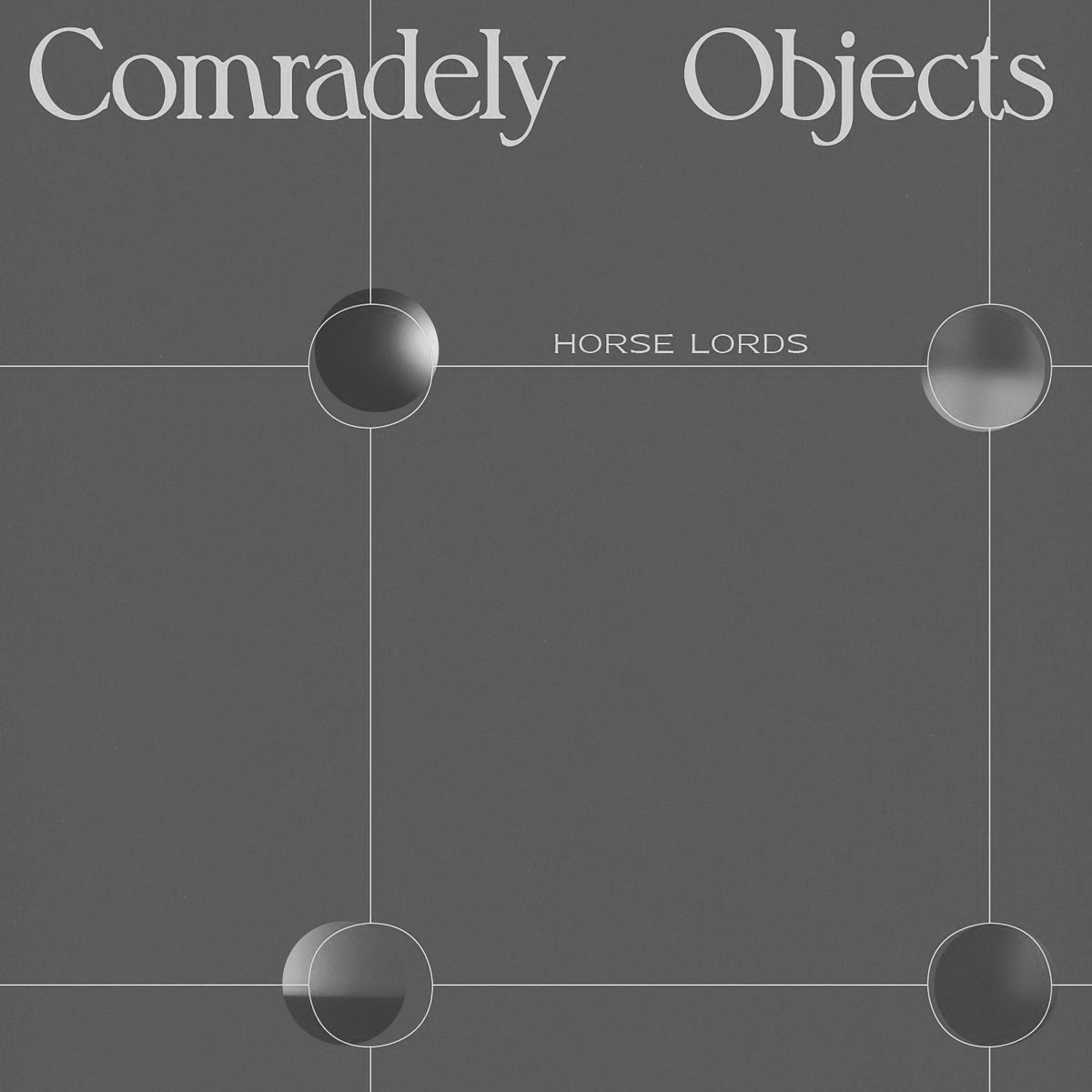

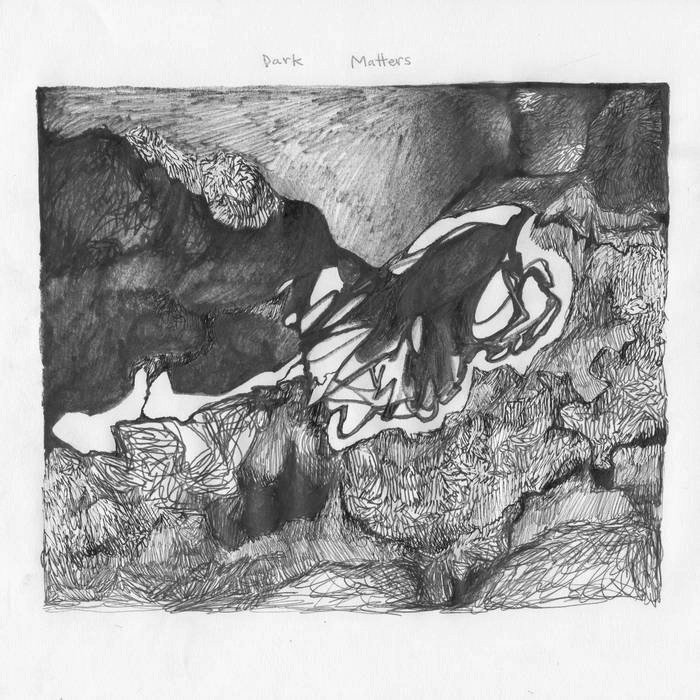
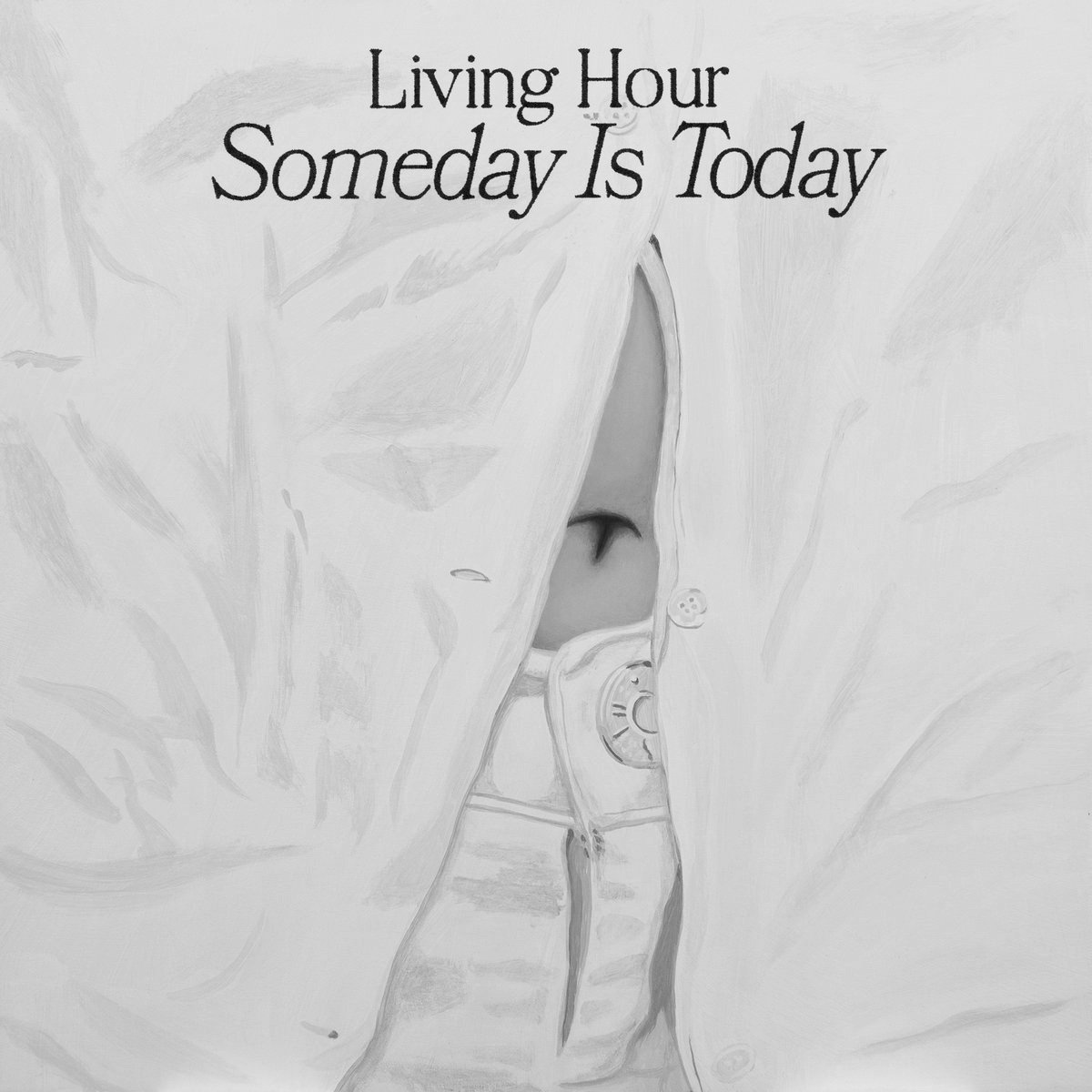


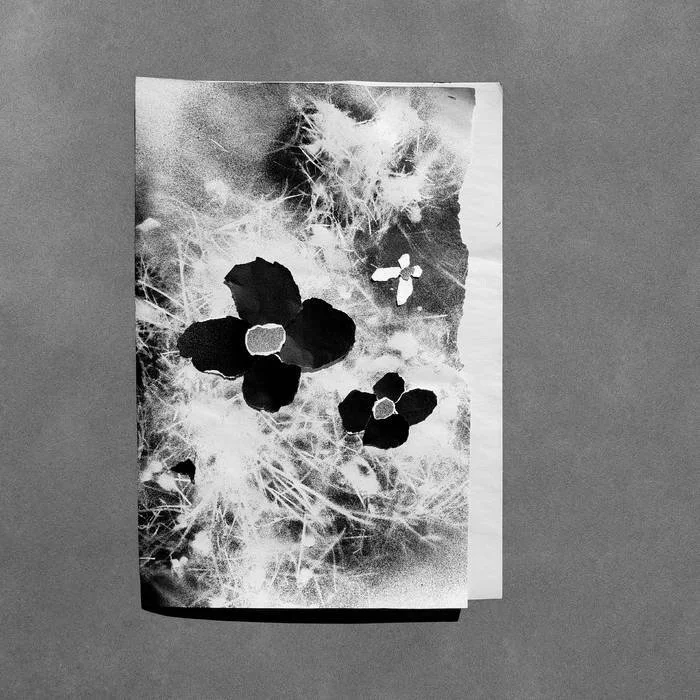
































There’s no more experiment in “experimentalism” — who cares?